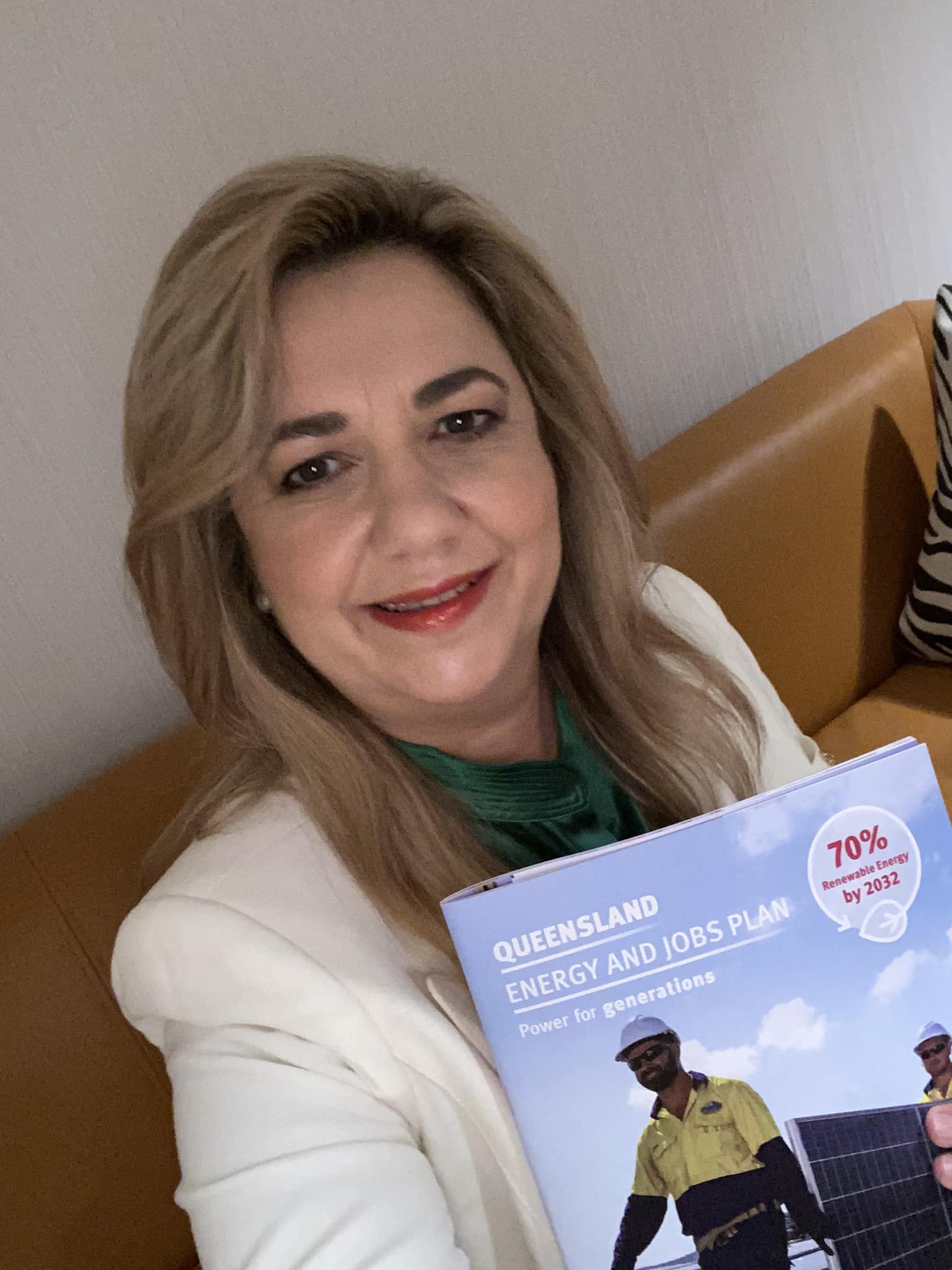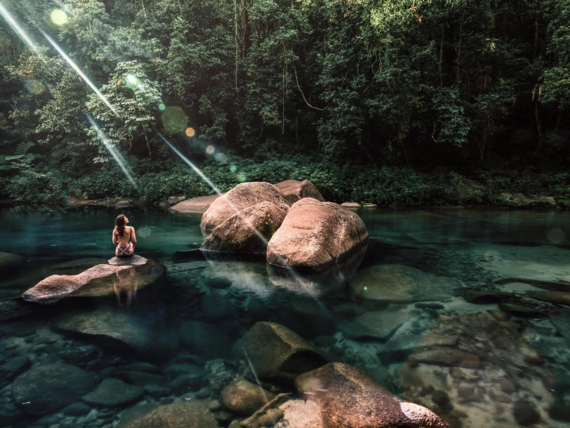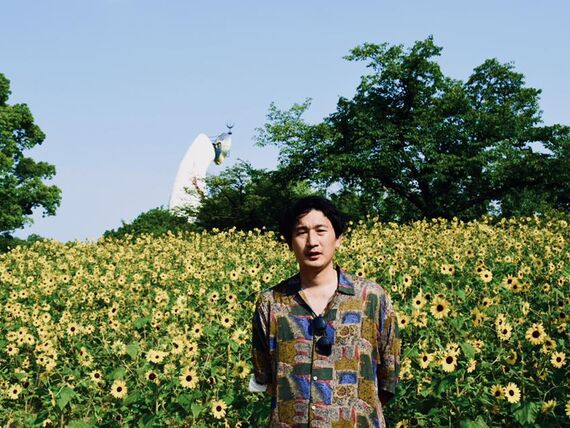
##MP##
The State Government will invest more than $6 billion in clean energy infrastructure in Far North Queensland by 2040.
It’s part of the Queensland Energy and Jobs Plan, announced by Premier Annastacia Palaszczuk today in the annual State of the State address.
In the Far North, $10 million will be spent on microgrids, connecting electricity users via small networks.
There will be six gigawatts of wind and solar power in the Northern Queensland Renewable Energy Zone by 2035.
##BA##
The plan also calls for 500 megawatts of power capacity to be unlocked through network upgrades between Cairns and Townsville.
The Government says the plan provides for a state-wide investment of $62 billion to achieve a 70 per cent renewable energy supply by 2032 and 80 per cent by 2035.
##PQ##
Queensland will build a “Super Grid” to connect solar, wind, battery, and hydrogen generators across the state
There’ll be two new pumped hydroelectric systems, one at Borumba Dam, near Gympie, and the other in the Pioneer Valley near Mackay.

Ms Palaszczuk said publicly owned coal fired-power stations will convert to clean energy hubs, with jobs guarantees for workers.
“This plan is all about cheaper, cleaner, and secure energy for Queenslanders.
“It is about turbo-charging new investment in new minerals, batteries, and manufacturing.
“Renewable energy is the cheapest form of new energy.
Energy Minister, Mick de Brenni, said the Energy and Jobs Plan will ensure Queensland power generators remain in public ownership.
“This has proved vital to investment in cleaner, cheaper energy.
“We will maintain majority public ownership of generation and 100% public ownership of transmission and distribution.”
Environment Minister, Meaghan Scanlon, said the document is also a plan for the environment.
“It means emissions from energy will be cut by 90 per cent by 2035.
##PQ2##
The plan lists current and future energy projects in Far North Queensland.
They include a 157-megawatt green power hub at Kaban, near Ravenshoe, and a 250-megawatt pumped hydroelectric storage system using decommissioned gold mine pits at Kidston.
Options are being explored for delivery of low-cost renewable energy in northern Cape York and the Torres Strait.
A solar microgrid with hydrogen storage for the Daintree region is expected to be operational in 2024.
Main points
- $62 billion plan to reach 70% renewable energy by 2032
- wind, solar and microgrid projects for the Far North
- Network upgrades between Cairns and Townsville to increase capacity








